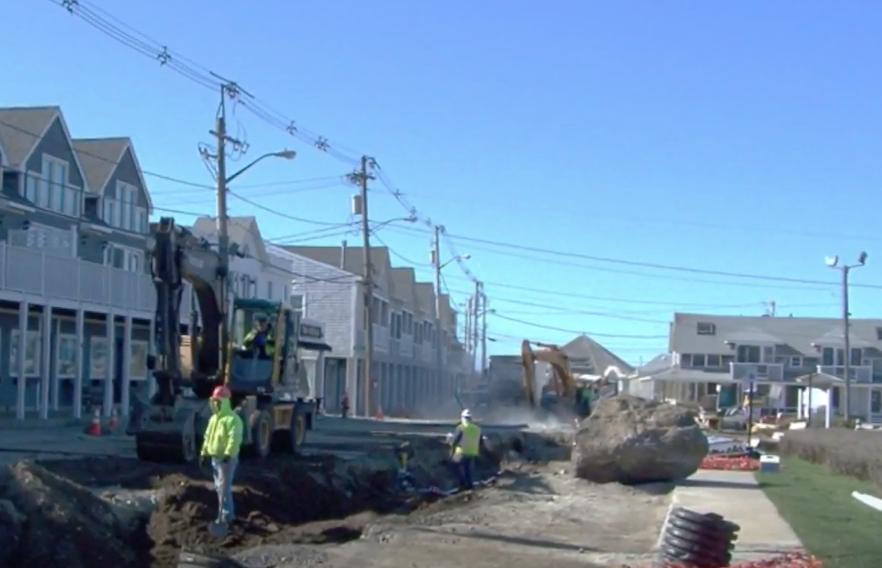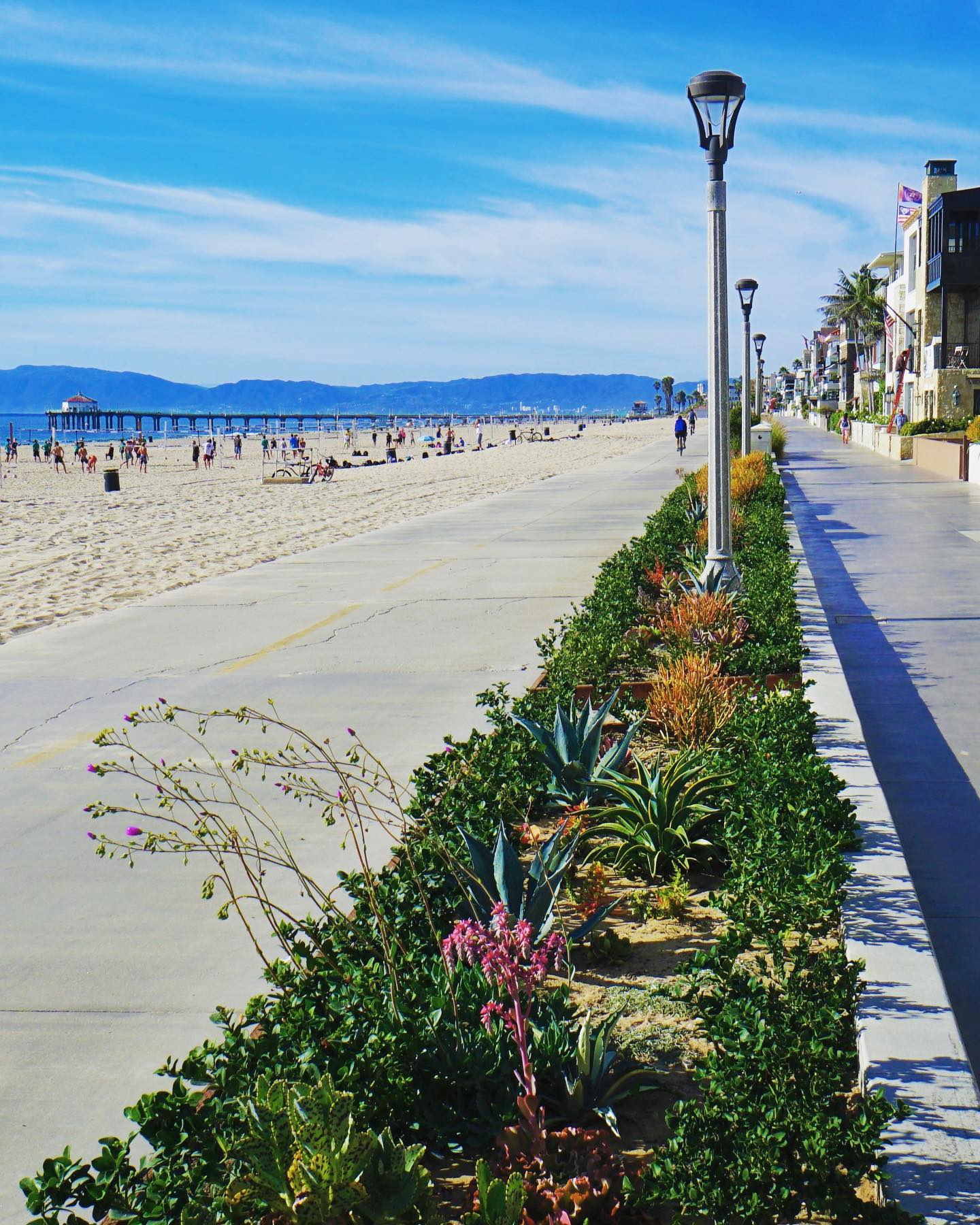Tapping Into Federal, State, and Local Resources
Communities can explore funding opportunities from federal, state, and local agencies, in addition to special assessments, to help pay for utility undergrounding.
Federal Support for Utility Undergrounding
Thanks to Scenic America’s advocacy efforts and support from its allies, the Infrastructure Investment and Jobs Act signed into law in November 2021 includes three provisions to support communities interested in pursuing solutions to bury their utility infrastructure underground.
- Section 40101 (Public Law No: 117-58) establishes a new $5 billion program to enhance the resilience of the electric grid (which includes undergrounding of power lines).
- Section 40102 (Public Law No: 117-58) amends the Robert T. Stafford Disaster Relief and Emergency Assistance Act to utilize disaster mitigation programs to underground wires. Communities that suffer from weather events or other natural disasters will now be able to use these federal relief funds to bury any utility infrastructure downed by extreme weather or other natural disasters.
- Section 11105 (Public Law No: 117-58) makes the undergrounding of utility wires an eligible expense in the $31.6 billion per year National Highway Performance Program when carried out in conjunction with a project already underway.
The federal Transportation Enhancements Program, under the Transportation Equity Act for the 21st Century (TEA-21), can also pay for relocation. Through their state department of transportation, communities can apply for Transportation Enhancements (TE) funds for utility burial or relocation under categories of landscaping, scenic beautification, or scenic/historic highway programs and welcome centers. These actions are normally attached to a larger beautification project. For example, Vidalia, GA and Augusta, ME used TE funds to bury wires as part of their downtown improvement project. Maryland has also used federal Community Development Block Grants (CDBG) to fund utility relocation projects.

Local and State Sources
Local and state community improvement grants are another way of fund small scale utility projects. Certain states, like Pennsylvania and Maryland, consider utility burial an aesthetic improvement similar to landscaping. This allows for communities to apply for funding under downtown and Main Street improvement grants. For example, the Pennsylvania Department of Community and Economic Development’s “Downtown and Communities of Opportunity” grant program awards funding for communities seeking to enhance aesthetics and quality of life.
In states like Washington, however, the state department of transportation (DOT) has authority to pay for relocation costs through highway construction. The DOT can use federal highway funds for utility relocation under one or more of the following conditions:
- Relocation promotes safety, aesthetic, economic, or legal standpoint
- Utilities have a property interest in present location
- Relocation involves implementing safety measures to reduce the roadside hazards of utility facilities to highway users
- Utilities are municipally owned and occupy the public right-of-way
- Utility reimbursement laws which gives it the authority to pay for utility relocation.
Special Assessment Districts
When certain regions are scheduled for undergrounding, they are assigned “Special Assignment Areas”. These operate with utility subscribers paying an extra fee, generally two percent, on their monthly bill to fund the project. Special assessment areas are normally designated through the acts of petitioning.
Since the early 1970s, Commonwealth Electric in Massachusetts has successfully used special assessments to fund utility burial efforts in historic Cape Cod communities, such as Nantucket. One drawback to special assessments is that total revenue collected is often minimal in comparison to general utility relocation costs, forcing the project to span a longer period of time.
States like California and Oregon have established “undergrounding districts” to help communities pay for burying utility wires. In California, the public utilities commission collects a percentage of revenue from all wire-based utilities for undergrounding. In order to receive a share of this, an undergrounding district must be formed by special resolution passed by the local government or the collection of signatures from at least 70 percent of property owners within the proposed area. In addition, property owners must agree to pay for the cost of hookup from the new underground conduit to their property (typically $500-$2000). Once a community meets these requirements, the local government can apply to the public utilities commission for undergrounding funds and coordinate a schedule with planners and utility providers.
